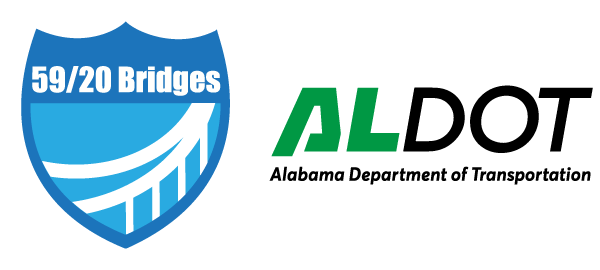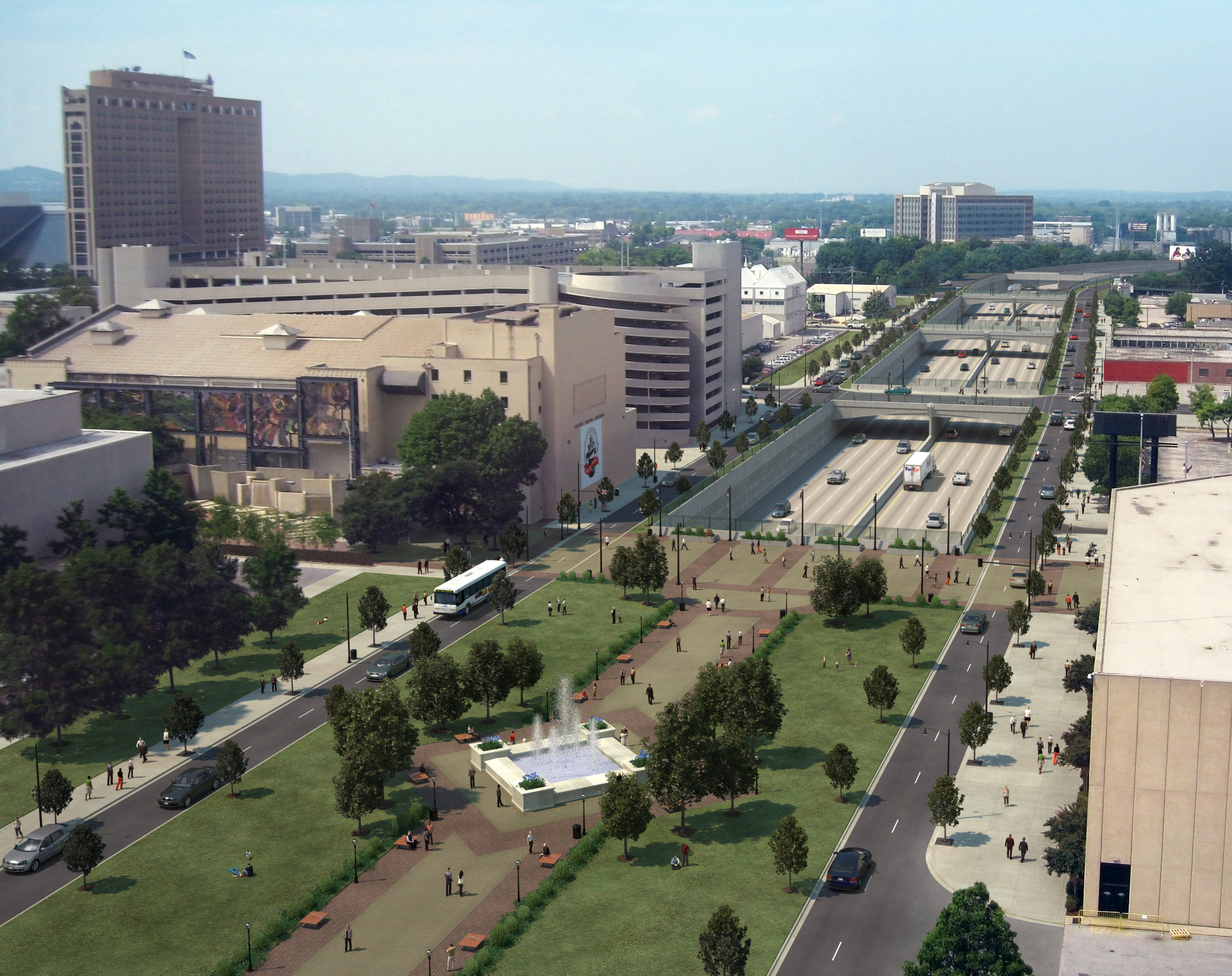Space Constraints
The greatest issue to overcome is space. While there is sufficient width between existing buildings for the road itself, the space is insufficient to accommodate full shoulders, or to actually dig the trench – working slopes would be required, causing the “dig” to get underneath numerous adjoining buildings, weakening their foundational support. Additionally, once completed, it would be impossible to expand the roadway at a future date to accommodate the capacity requirements associated with the projected 20-year traffic growth.
Utility Relocation
There are a total of 72 major artery utility lines running beneath the 6,600-foot span of the interstate, comprised of 22 telecommunication lines, 21 electrical lines, 12 gas lines, nine water lines, and eight sewer lines. Sinking the interstate through downtown would create problems with safely rerouting each of these utilities, and would have added a minimum of five years to the project timeline.
Traffic Operations Issues
Connecting the lowered interstate to the existing interstate system would have required creating several hazardous curves and excessively steep road inclines ranging from 9% to 20%. In comparison, the grade on I-65 northbound from Hwy. 31 in Hoover/Vestavia to the Alford Avenue Exit is only 4.7%. ALDOT sees these requirements as causing significant safety concerns.
Storm Drainage
Sinking the interstate would have required a comprehensive drainage plan to cover all 546 acres of the sunken roadway. Draining this area by gravity is not possible because the proposed depth of the interstate would have been lower than the water table. Therefore, a pumping station would be required, and the long-term operational cost of this station would have come at the expense of local taxpayers.
Closure
Finally, burying the interstate would have required closing it to public use for an unacceptably long period of time – during most of the construction period, demolition, reconstruction, and for the extended period of time required to re-route the traffic and relocate the utility crossings.

